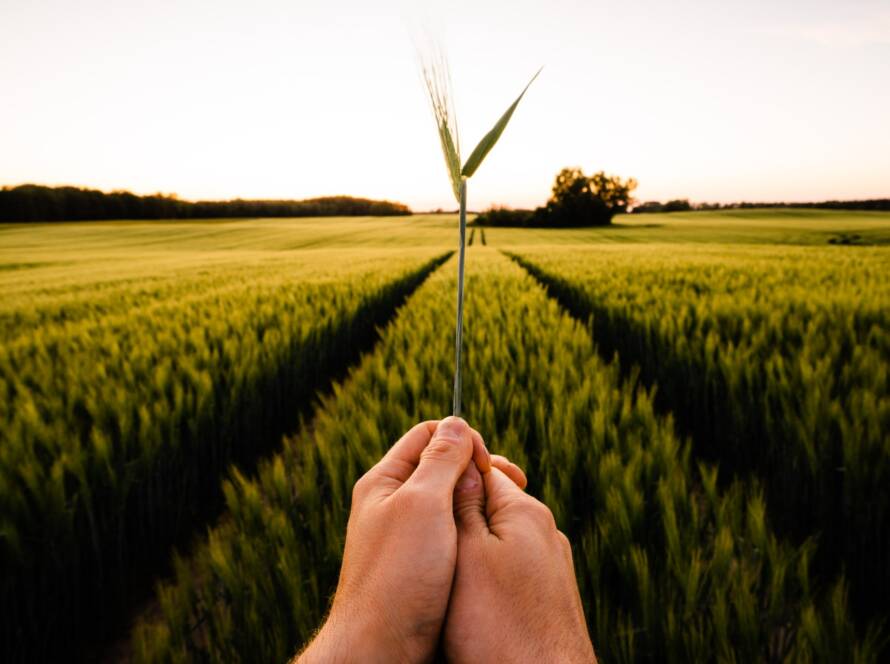The soil microbiome is a complex and dynamic ecosystem composed of billions of microorganisms, including bacteria, fungi, algae, viruses, and protozoa. These invisible inhabitants play a critical role in maintaining the health of the soil, plants, and the entire ecosystem.
🔬 What is the soil microbiome?
The soil microbiome is a community of microorganisms that interact with one another and their environment. These microbes:
🪱 Break down organic matter and recycle essential nutrients.
🌾 Support plant growth by fixing nitrogen and dissolving minerals.
🛡️ Protect plants from pathogens by creating a competitive environment that inhibits harmful organisms.
🌿 The role of the microbiome in soil health
🏗️ Maintaining soil structure: Microorganisms produce polysaccharides and other compounds that bind soil particles together, improving soil structure and water retention.
♻️ Nutrient recycling: Bacteria and fungi break down organic matter, releasing essential nutrients such as nitrogen, phosphorus, and potassium.
💪 Resilience to stress factors: The microbiome helps plants cope with drought, salinity, and soil contamination, enhancing their ability to thrive in challenging conditions.
🏗️ The impact of human activity
Agriculture, urbanization, and industrialization often contribute to the degradation of the soil microbiome. Intensive use of chemical fertilizers, pesticides, and monoculture farming reduces microbial diversity in the soil. This can lead to:
🌾 Decreased soil fertility.
🧱 Increased erosion.
⚠️ Greater vulnerability to plant diseases.
🌍 How can we support the soil microbiome?
♻️ Composting: Adding organic matter stimulates the growth of beneficial microorganisms.
🔄 Crop rotation: Alternating different crops promotes soil microbiome diversity and overall soil health.
🧪 Minimizing chemical use: Reducing pesticides and chemical fertilizers helps maintain natural microbial balance.
🌾 Planting cover crops: These crops prevent erosion and enrich the soil with organic matter, supporting microbial activity.
The soil microbiome is essential for the sustainable development of ecosystems and agriculture. Maintaining it requires an integrated approach that combines traditional and innovative practices. By protecting this invisible yet vital ecosystem, we can ensure the future of our planet and global food security for generations to come. 🌍🌱



